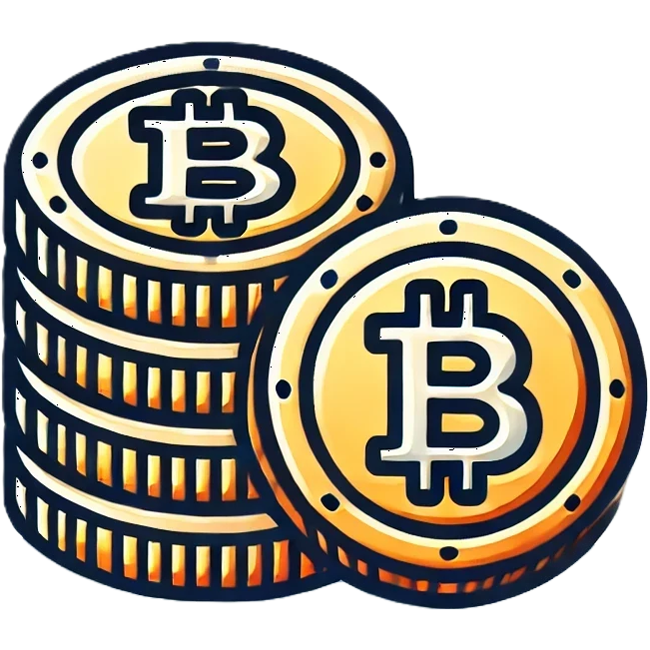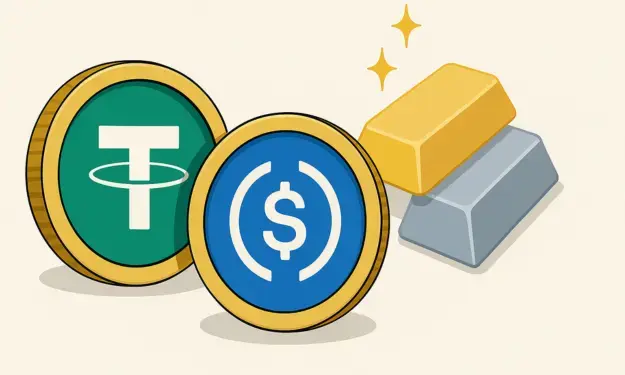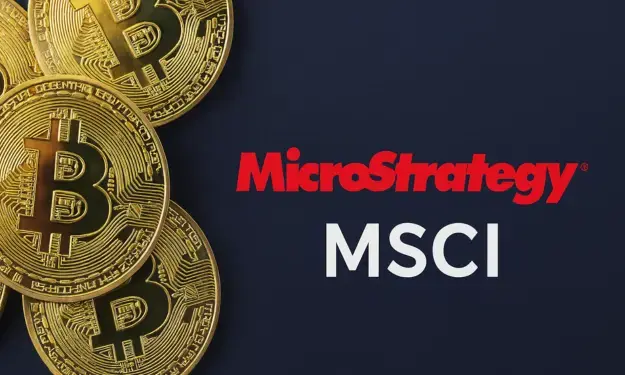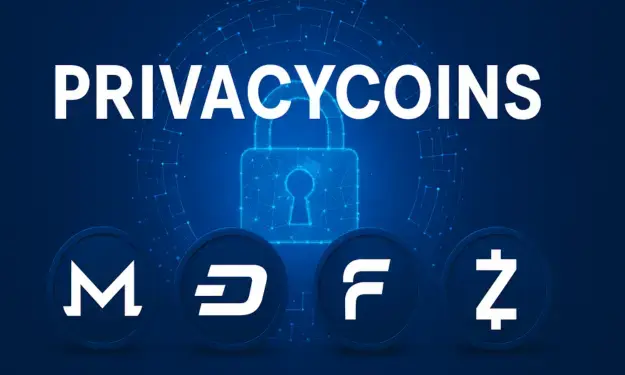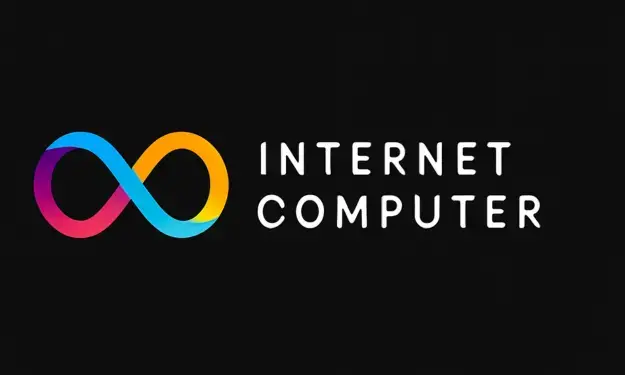Publication date: May 30, 2025
In a crypto market increasingly committed to transparency, compliance and oversight, Monero has been navigating its course for years. With absolute focus on financial privacy and digital autonomy, Monero (XMR) remains relevant to a growing group of users. But where does the privacy project stand today?
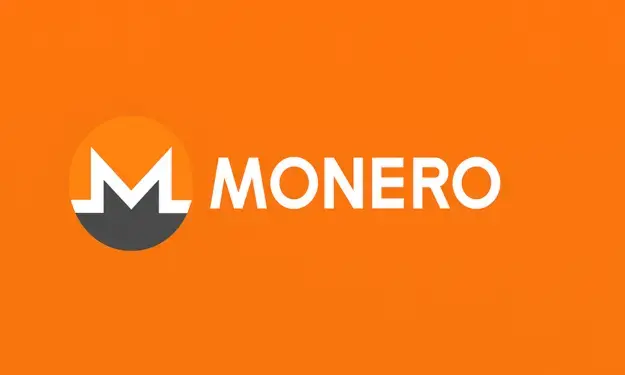
What is Monero?
Monero (XMR) is a cryptocurrency launched in 2014 with one clear mission: to make financial privacy a standard. Unlike Bitcoin or Ethereum, where transactions are public and traceable, Monero uses advanced technologies such as ring signatures, stealth addresses, and bulletproofs to completely conceal the sender, receiver, and amount of each transaction.
Thus, XMR transactions are not just pseudonymous, as with most cryptos, but truly untraceable. This makes Monero unique, controversial, and beloved in an era where digital freedom is increasingly under pressure.
What sets Monero apart from other privacy coins is the maturity and reliability of the network. While alternatives such as Zcash or Dash offer optional privacy, with Monero, privacy is standard and not disabled. This means users do not have to choose between transparency and protection: all transactions are automatically shielded.
Moreover, Monero runs on its proof-of-work blockchain with the RandomX algorithm, which is optimized for ordinary computers rather than expensive mining rigs. This keeps the network accessible to individuals rather than concentrated at large mining farms.
Purposes of use and adoption
Monero is used in a variety of situations involving privacy or censorship resistance:
-
Personal transactions: Users who do not want their spending disclosed.
-
Activism and journalism: Especially in authoritarian regimes, people choose Monero to receive donations or make payments.
-
Online marketplaces: In some niches, Monero is used as an alternative to Bitcoin.
Despite the lack of institutional adoption, precisely because of its privacy focus, Monero continues to perform strongly as a digital cash. The network has a loyal user base, a strong developer community, and is constantly being improved.
Recent developments
Although Monero is less media savvy than many other crypto projects, its technical development remains impressive. In recent months, the platform has taken the following significant steps in its development:
-
Atomic swaps expanded: Monero is working on direct exchanges with Bitcoin without intermediaries, allowing users to swap XMR without using exchanges.
-
GUI wallet updates: The official Monero wallet has been improved with user-friendly interfaces and better synchronization speed, increasing accessibility.
-
Focus on decentralized integration: Developers are focusing on integrations with privacy-friendly networks such as Haveno (decentralized XMR exchange) and Thorchain.
Although cryptocurrency is less prominent in the media, there is a constant effort to improve the network. Thanks to this ongoing development, the coin is now among the top 25 largest cryptocurrencies based on market capitalization.
Price development of Monero (XMR).
Monero (XMR) experienced a solid correction over the past week, with the price falling more than 19% in just three days. This decline stemmed from a combination of factors. For example, on-chain data indicated a marked increase in selling pressure, with sell orders dominating trading volume. At the same time, retail investor activity increased sharply, a classic indication that the market may have reached a temporary peak. Technical indicators, such as the Relative Strength Index (RSI), also indicated that upward momentum was waning, further reinforcing negative market sentiment.
Starting in early May, XMR rose sharply from around $250 to a peak above $420, as clearly shown in the price chart below. This rapid rise was followed by a sharp correction toward the current price level of around $330. Two levels stand out in the chart: $350 is currently a resistance zone, while $330 is an important support level.
Recent price movements show high volatility, possibly caused by panic selling. If the support around $330 remains intact, a recovery towards $350 is obvious. If the price then breaks through this resistance, then even a return to the $420 level is in the picture.
Despite the recent decline, Monero remains a solid long-term project within the privacy crypto market. In fact, for investors looking for a favorable entry point, the current price correction may offer interesting opportunities, especially if it turns out that there is a bottom formation and renewed upside strength.
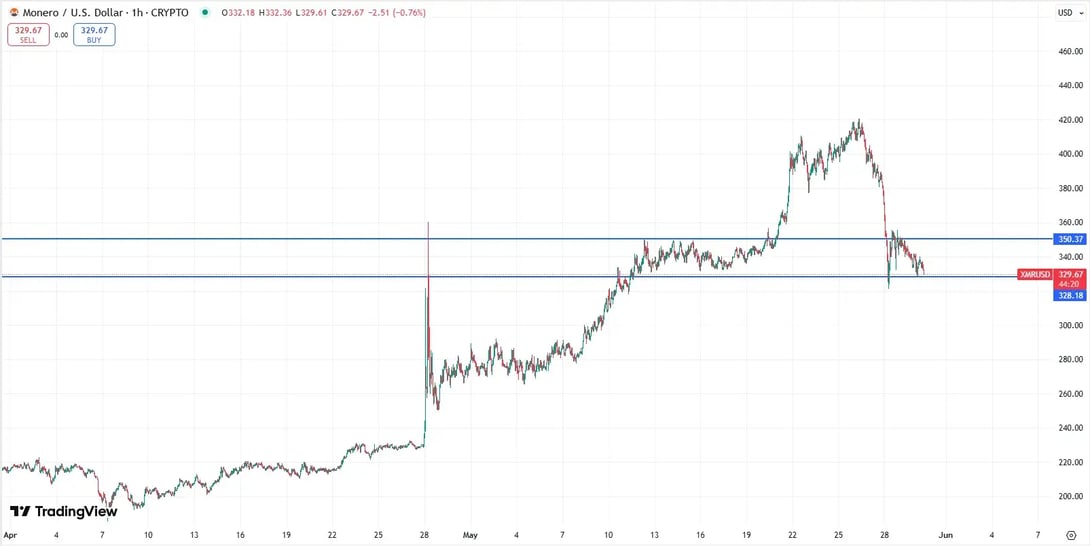
What could drive up the price of Fasttoken?
1. Increasing regulation of public blockchains: As governments demand transparency from projects such as Ethereum or Binance Smart Chain, users may opt for alternatives that guarantee privacy.
2. Technological innovations: Ongoing upgrades to the protocol, such as faster sync times or better hardware integration, make Monero more attractive for everyday use.
3. Decentralized marketplaces: The growth of anonymous, decentralized exchanges such as Haveno can significantly increase the liquidity and accessibility of XMR.
4. Global unrest and surveillance: Increasing concerns about digital surveillance, especially in countries with limited freedoms, may lead to an increase in Monero use.

.svg)




